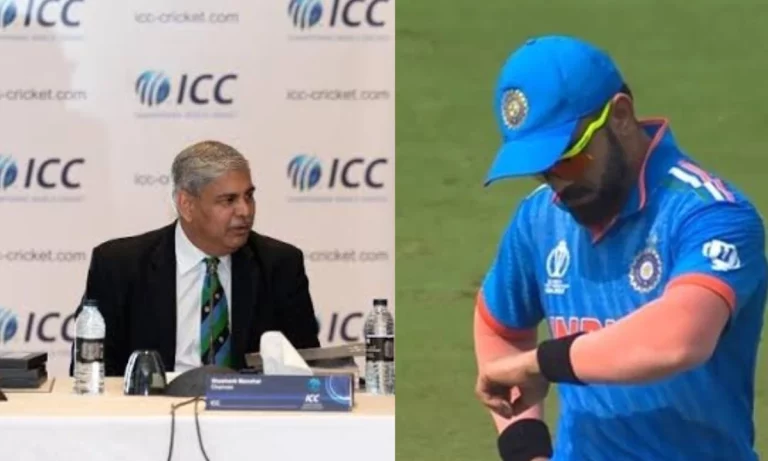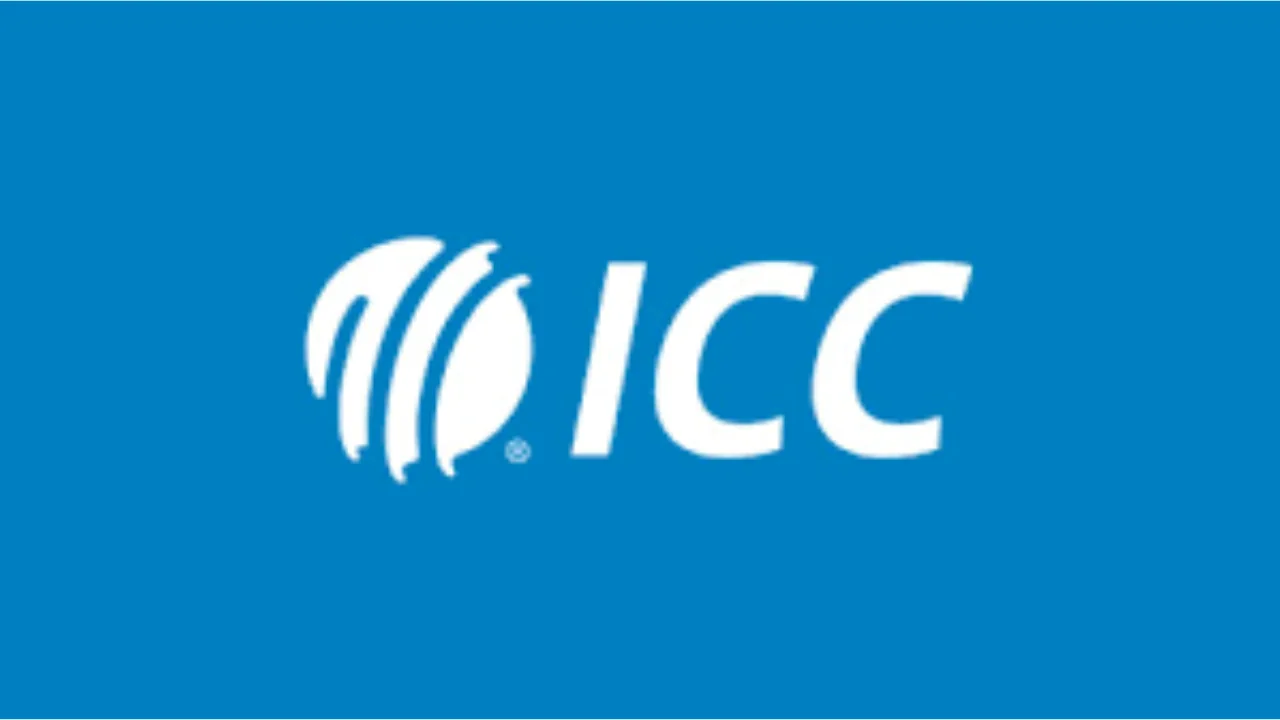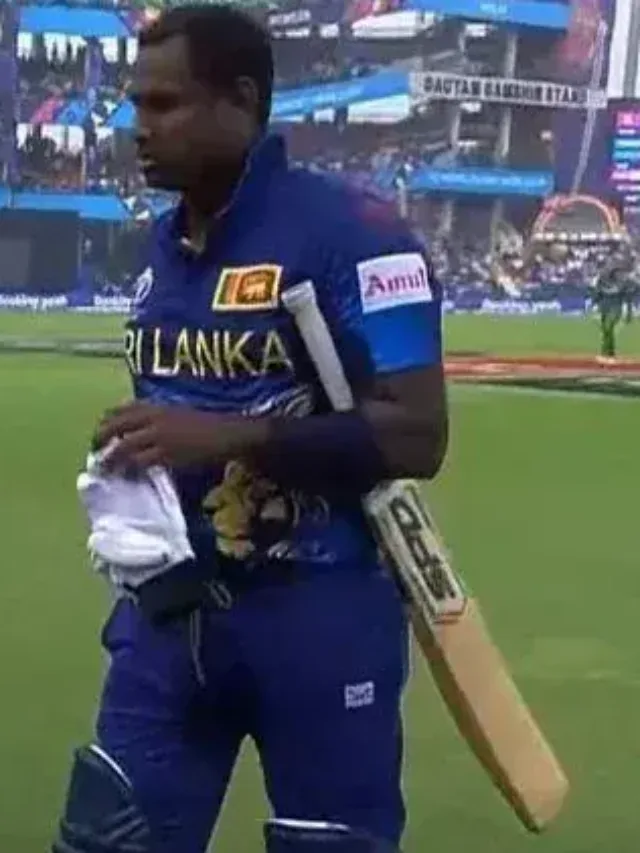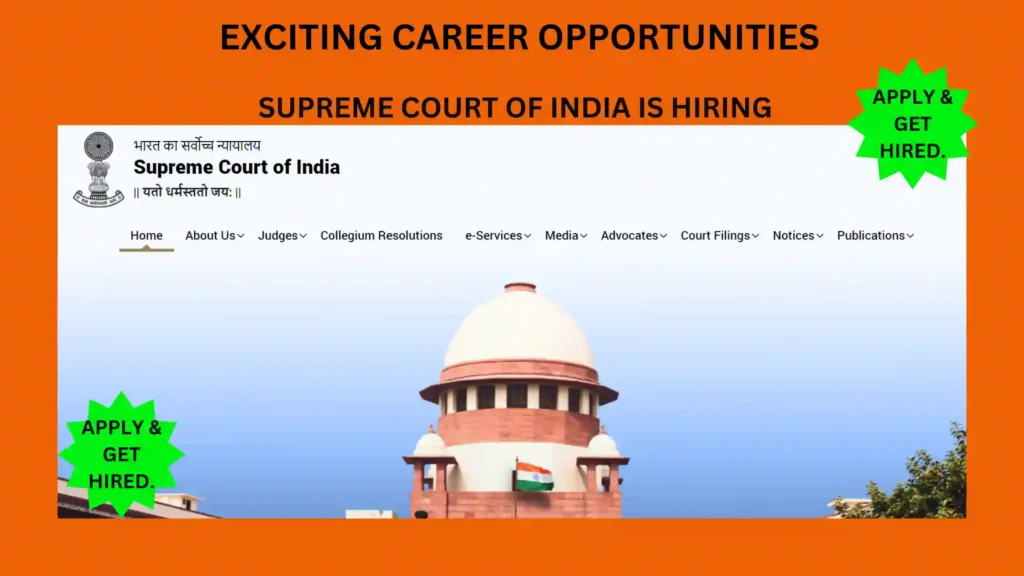The International Cricket Council (ICC) is always committed for well being of a Cricket. It always keeps a close watch on every aspect of Cricket to maintain game’s popularity along with other parameters. World has seen drastic change in terms of formats of this game. From a Cricket Test Match, we are now in the Era of T20. In other words, from 5 days of play, we can now get the game results in around 5 hours of time & people are mad to see outcome of the cricket match in a such short time. Catching this thread & to ensure game’s popularity is maintained across all formats, ICC has now introduced Stop Clock Rule in Cricket.

Before we understand in depth about this rule, let me tell you one recent fact. India and Australia, both have been fined for maintaining slow over rates during the final of the International Cricket Council (ICC) World Test Championship (WTC) 2021-23. India was fined 100%, while Australia was fined 80% of their match fee. The slow over rates were a significant issue during the match, and they caused considerable frustration among fans and commentators. There are many such instances of “delayed” play, damaging popularity of the Cricket with regards to time.
Purpose of the Stop Clock Rule in Cricket.
No one likes to wait. This is applicable not only in daily life but for games too. Cricket can not be an exception to this rule for sure. It has recently been analyzed that Slow over rate in cricket is becoming more common. And, that is why game is becoming slow. Fans have been criticizing this aspect of modern game. Experienced player turned commentators are also highlighting this concern to ICC. Finally, considering all this & in the best interest of Game, ICC has now introduced – Stop Clock Rule in Cricket. This rule is likely to increase “pace of the game.”
What is the Stop Clock Rule in Cricket?
The Stop Clock rule refers to Section 2.22 of the ICC Code of Conduct for Players and Player Support Personnel. This section deals with minimum over-rate offences. Rule says – the bowling team must be ready to bowl the next over within 60 seconds of the previous over being completed. If the bowling team is not ready within this time frame, a five-run penalty will be awarded to the batting team.
The Stop Clock rule was introduced in November 2022 by ICC. To check overall effectiveness, this trial measure would be applicable to men’s ODIs and T20Is effective December 2023. The ICC will review the Stop Clock rule at the end of the trial period of 5 months i.e. April 2024. Matches during this period, will provide inputs for ICC to decide about next step. If the Stop Clock rule is successful during Trial period, then it is likely to be made permanent and implemented in all forms of cricket.
This rule has taken implications of “delay in game” beyond monetary terms. So far, we have been reading like, Captain Mr. A or Team B has been fined with **% for maintaining slow over rate. However for cricket fans putting fine is immaterial. What the want is to enjoy the game. Considering this enjoyment fact as a main aspect, Stop Clock rule is likely to revolutionize game of Cricket & bring more excitement.
बीमा पॉलिसी में “फ्री लुक” अवधारणा ! क्या आप जानते हैं?
Please click on below link to read about in Hindi.
गूगल बार्ड AI टूल के बारे में पूरी जानकारी !
Please click on below link to read about in Hindi.
Stop Clock Rule in Cricket – In Detail.
Bowling team / bowler should start the next over within 60 seconds of the previous over being completed. If this is not done on three consecutive occasions, the umpires will award a five-run penalty to the batting team. Also, if such instances of fault are repeated by bowling team, for more than 3 times, for every subsequent defaults, penalty will be increased for each additional default. It means, this rule of 60 seconds is not limited up to only 3 occasions in the match. More is the delay, more would be penalties.
Let us understand it in a tabular format, in a more easy way.
| Number of defaults ( Failing to start next over within 60 seconds, for 3 times) | Penalty – how it will be imposed on bowling team. |
| 1st default | No penalty. However, the umpires will remind the bowling team captain of the Stop Clock rule. Umpire will be giving a warning team about Stop Clock Rule, to Bowling team / Captain & or Bowler. (Umpire may charge Penalty at first instance.) |
| 2nd default | The batting team will be awarded a five-run penalty. |
| 3rd default | The batting team will be awarded an additional five-run penalty. |
| 4th default | Additional 5-run penalty to the batting team and (may be) a loss of an over. |
| 5th default | Additional 5-run penalty to the batting team and loss of an additional over. |
| 6th default | Additional 5-run penalty to the batting team and (may be) loss of the match |
This penalty layout has been designed to reduce the delay in game, at least for those actions which are in control of Umpires / Players.
How will it be implemented on Ground?
The Stop Clock will be controlled by the third umpire. From the booth at the stadium, third umpire will be operating it. The third umpire will be starting the timer as soon as the previous over is completed and will stop it when the first ball of the next over is bowled. Whenever third umpire finds that next over has not been started in 60 seconds, he/she will relay the facts to on ground umpire. On ground umpire will then give warning / impose penalty on bowing team informing them about delay.
The third umpire has access to multiple camera angles and is able to see clearly whether the bowling team is ready to bowl the next over. Accordingly he/she will track it through Stop Clock. This helps to ensure that the Stop Clock rule is applied consistently and fairly in all matches.
Whenever a delay is noticed, it would be informed to defaulting team. This might happen either by stopping the game & letting the team know or Displaying a message on the scoreboard indicating that the bowling team has defaulted or Recording the default in the match report. Also, it must be noted that The umpires’ decisions in relation to the Stop Clock rule are final and cannot be appealed.
Even Batting team has to be Fast.
Pl be informed that “Time limit” rule is not only for bowler / bowling team. It must be noted that even for Batsman / Batting team, such rules are in place. In recent ICC ODI Cricket World Cup 2023, Sri Lankan batsman Angelo Mathews became the first batsman in the history to be “Time-out”. This incident took place between the match Bangladesh vs Sri Lanka. Do watch below web story to know more about this.
So, it is very clear that all these rules are mainly in the best interest of Cricket. And these rules are meant to ensure that Cricket is not getting bogged down owing to delays. However, it is to be kept in mind that as of now, Stop Clock Rule is under “Trial”. Over the time, it may bring more change / flexibility based on results of “testing phase”. 🙂
Stop Clock Rule Test phase.
This rule has already been approved by ICC chief executives committee. However “Testing” is to be done for Men’s ODIs & T20 cricket matches only. And, trials to start from December 2023. First ODI match to have this rule in place is between England vs West Indies schedule on 3 Dec 2023. This ODI series is of 3 matches.
Another thing to be noted is, this stop clock rule is applicable during “Dead Time” only. So, what is Dead Time? It is the time taken by bowling team to start the next over once previous over is completed. Taking a lot of time, to start new over, is the main reason of delay. This Stop Clock rule will not be applicable during the Over.
Based on outcomes “test phase” of this this rule for around six months – Dec 2023 to April / May 2024 – final implementation would be decided. Let us hope for the best.
To read more about this click on link here.
Time Rule is applicable in Tennis also.
Keeping the pace of game in tact is the most important thing for any game. So, it’s not about only Cricket, where such rules are being brought in. Another popular game, Tennis, already has a rule called ‘shot clock.’ ‘shot clock rule’ means a player has to get ready in 25 seconds to serve between points.
Stop Clock Rule Conclusion.
I hope you would have liked this latest information. I also trust that you would love to see the impact of this new rule transforming Cricket’s pace. Do comment your thoughts, opinions on this Rule in comments section below. I would be releasing something new, in a short span. 🙂
Images credit – Google
SUPREME COURT OF INDIA IS HIRING.
Bringing Career Opportunities. SUPREME COURT OF INDIA IS HIRING. SUPREME COURT OF INDIA IS HIRING….
64 PROJECT OFFICERS. COCHIN SHIPYARD.
Bringing Career Opportunities. COCHIN SHIPYARD NEEDS 64 PROJECT OFFICERS. 64 PROJECT OFFICERS. COCHIN SHIPYARD. Notification:…
Jobs with Bhartiya Aviation Services.
Bringing Career Opportunities. Jobs with Bhartiya Aviation Services. Jobs with Bhartiya Aviation Services. Notification: Bhartiya…
Exciting Job Opportunities at BNPMIPL.
Bringing Career Opportunities. Exciting Job Opportunities at BNPMIPL. Exciting Job Opportunities at BNPMIPL. Notification: Bank…
Exciting Career with Morgan Stanley.
Explore Exciting Career Opportunities with Morgan Stanley. Notification: Exciting Career with Morgan Stanley. Bringing Career…
Job for Professors. Special Series-II
Job for Professors. Special Series-II Job for Professors. Jobs in Maharashtra. Notification: This blog post…








Leave a Reply